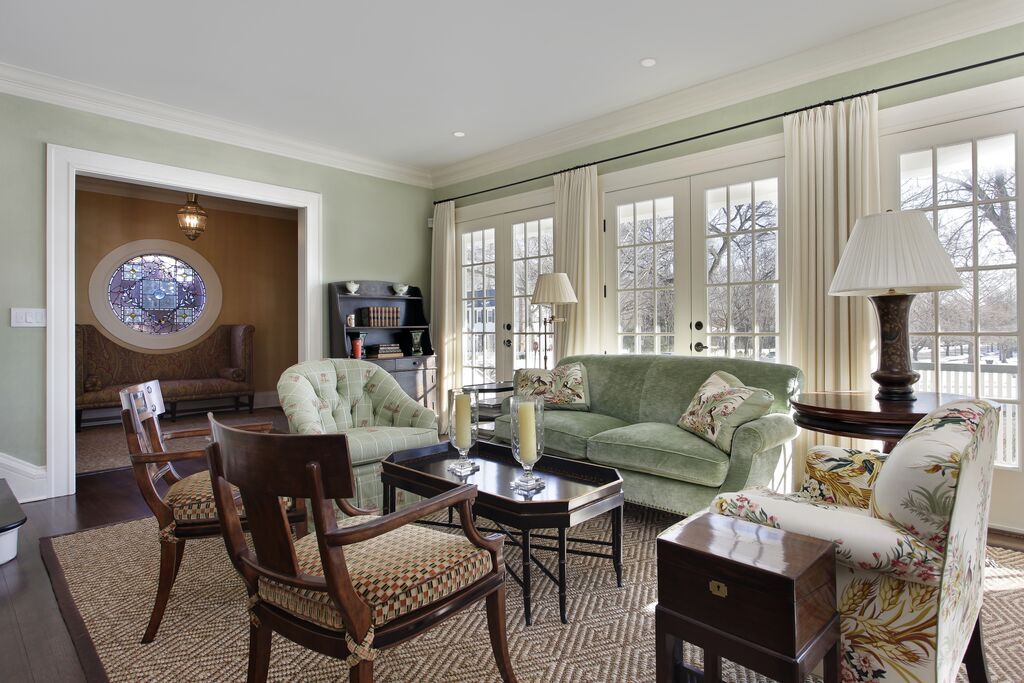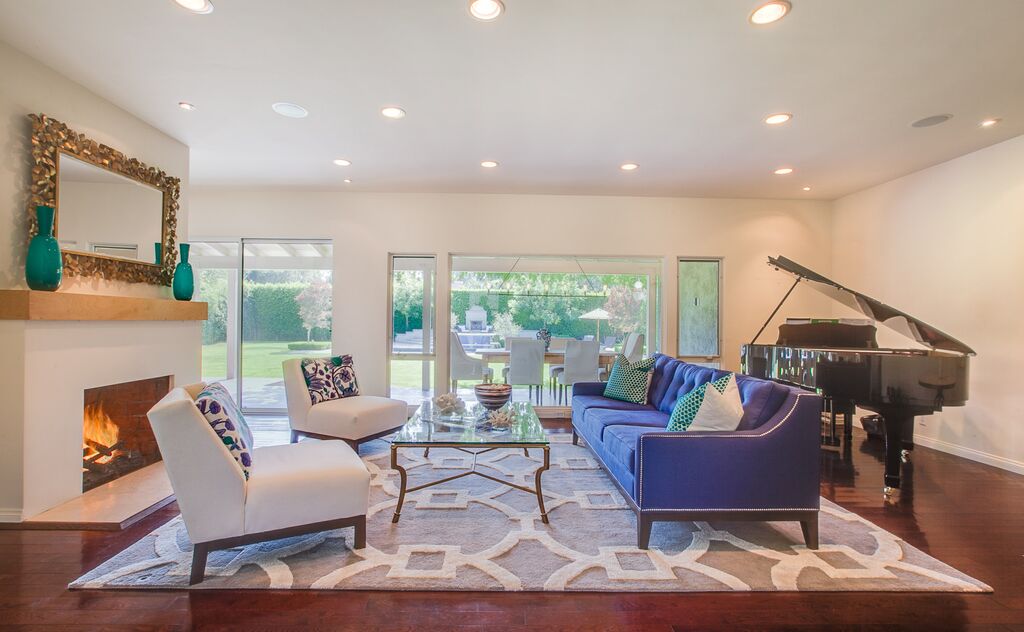Transitional Versus Traditional Interior Design: What’s the Difference?

As you browse through hundreds of pages of home design magazines and online photos of interior designs, you’re probably left wondering how decorators distinguish between modern and contemporary or traditional and transitional. The design industry is a complicated field that prides itself on constant change and uniqueness. As an ordinary homeowner seeking a design style that suits your taste, here’s how we classify and differentiate traditional design from transitional.
Historical or traditional home decor.
Traditional interior design commonly entails an authentic decor dating back to the styles of the 18th or 19th century. If you’re the type of person who appreciates history, adores intricate designs, detailed woodwork, antique and exquisite furnishings, you might embrace the old traditional style.
Most traditional homes embody medium to dark wood-toned furniture. The woodwork is stained with natural colors but sometimes has a distressed finish. This finish gives a little antique-like or vintage look reminiscent of the British colonial look. Also, you’ll likely see high craftsmanship or ornamental crown moldings in most rooms, which is highly evident in the living rooms and dining rooms. Simply stated, traditional styles are more formal.
Traditional yet with a contemporary flair, transitional design style.
If you’re the casual type who loves formal with a little bit of spice, a transitional home decor style suits you best. There’s no debate that wood is classic yet timeless part of a decor. Wood is one of the main reasons why traditional and transitional designs are similar. There’s a love for wood in both designs. However, the transitional style is less formal and allows the room to incorporate streamlined, modern, and sleek pieces.
The furnishings can be a mixture of different materials from wood, rattan, metal to plastic. Crown moldings may be present but don’t have a detailed design compared to that of the traditional taste. Other designers may incorporate industrial materials such as lighting fixtures for a distinct and modernized look. For colors, most home decorators opt for neutral palettes versus dark wood wall panels.

The whole category of transitional came into existence for people who wanted to create a more contemporary environment without discarding everything they owned. Many clients have pieces they love for sentimental reasons. Other clients just don’t have the budget to redo every piece in a room. As an interior designer, I can take the pieces they want to keep and know how to mix them with more updated pieces. These have to be chosen carefully. Many more contemporary furniture, lighting or accents just don’t work with more traditional elements. Knowing how to choose the right blends of new and existing allows the client to keep items they love or can’t afford to replace, while giving the room a more updated feeling.
So what’s your style? Are you more of a formal person who appreciates history or are you a type of person who adores the beauty of wood but prefers the comfort of today? Let me help you focus on a design direction you want to take! Give me a call.
